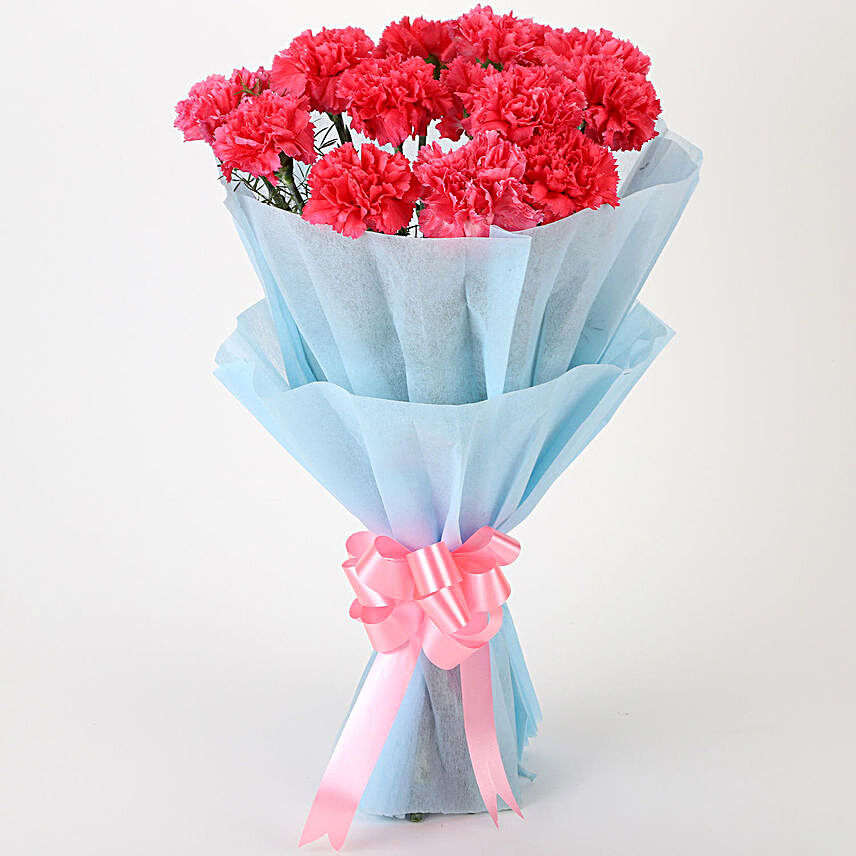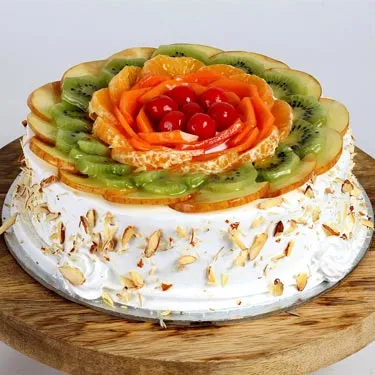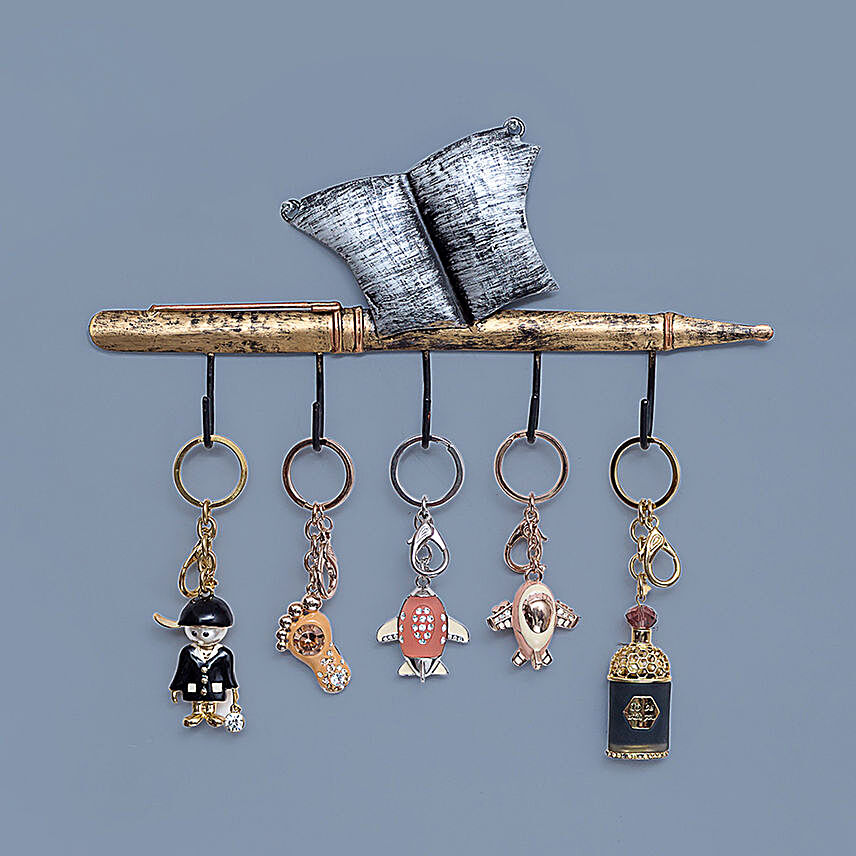Delving into the Tradition of Tying Rakhi on the Right Wrist
- Author: Anushka Published: 26th Jul, 2023
Raksha Bandhan, a beloved festival celebrated across India, holds immense significance in strengthening the bond between siblings. Central to this auspicious occasion is the ritual of tying a sacred thread, or ‘Rakhi,’ around the wrist of the brother. But have you ever wondered why rakhi is traditionally tied on the right wrist? Let's delve into the historical and cultural reasons behind this cherished practice.

Ancient Customs
The tradition of tying rakhi on the right wrist finds its roots in ancient Indian customs. It is believed that the right hand represents strength, protection, and auspiciousness. By tying the rakhi on the right wrist, sisters invoke the divine qualities present in their brothers, seeking their protection and blessings.
Historical Significance
History reveals fascinating stories that further justify the placement of rakhi on the right wrist. During battles and wars, warriors would tie amulets or protective threads on their right wrists as a symbol of strength and valour. Tying rakhi on the right wrist thus symbolises the sister's plea for her brother's protection, much like the amulets worn by warriors.
Energetic Flow
According to ancient Indian sciences like Ayurveda and Yoga, the left side of the body is associated with feminine energy, while the right side represents masculine energy. Tying the rakhi on the right wrist is believed to harmonise the energies between the siblings, fostering a balanced and supportive relationship.
Cultural Significance
In Indian culture, the right hand is considered more sacred and pure compared to the left hand, which is associated with mundane activities. By tying the rakhi on the right wrist, sisters honour their brothers, considering them embodiments of righteousness and protection.
It is also believed that moving in the right direction aligns with righteousness and leads to positive outcomes. Tying the Rakhi on the brother's right hand symbolically represents the sister's wish for her brother to make choices that are morally upright and beneficial.
Symbolic Meaning
Beyond its physical placement, rakhi carries profound symbolic meaning. It signifies the sister's unconditional love, care, and commitment towards her brother. The thread represents the unbreakable bond between them, while the act of tying represents the sister's wish for her brother's well-being and prosperity.
Disclaimer: The views and beliefs mentioned in this article are based on cultural traditions and historical references. Please note that individual practices and interpretations may vary.





